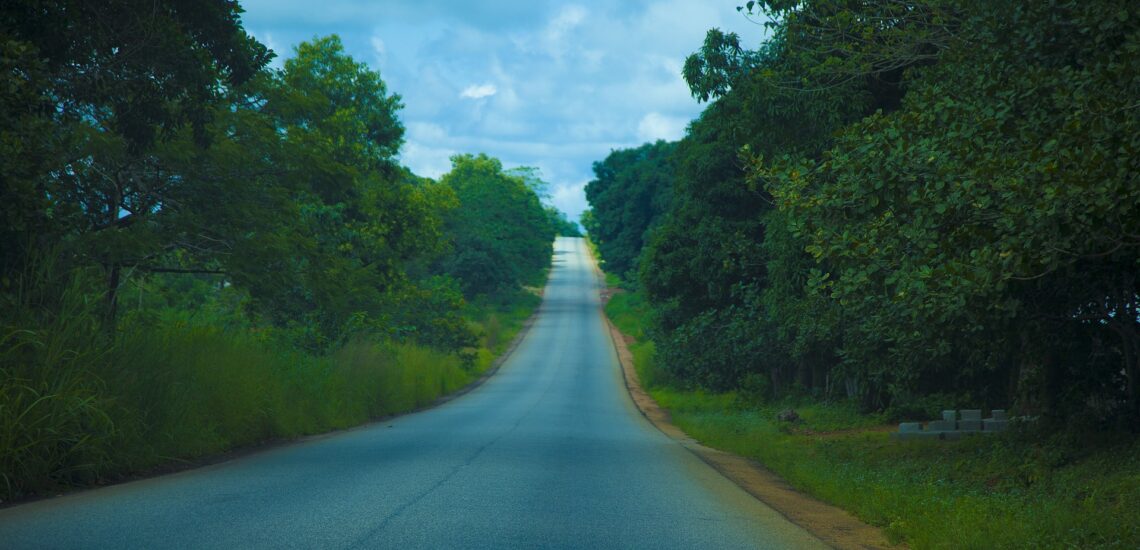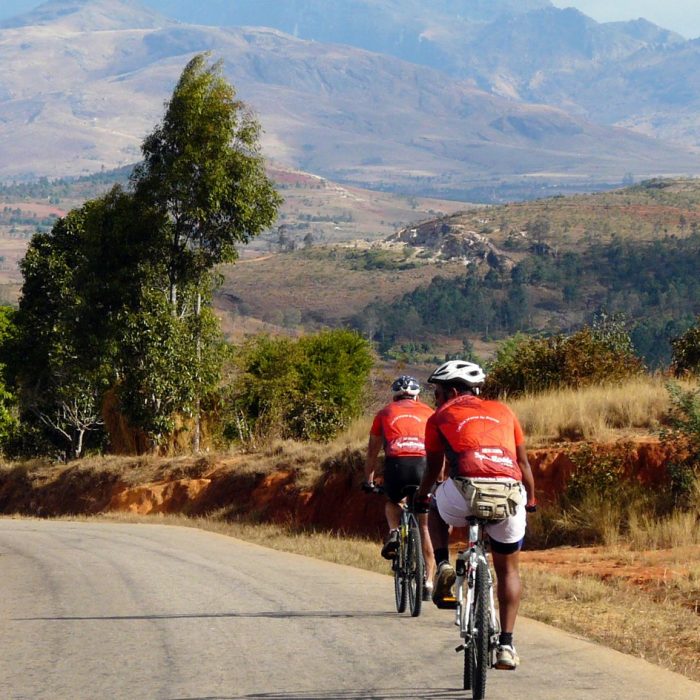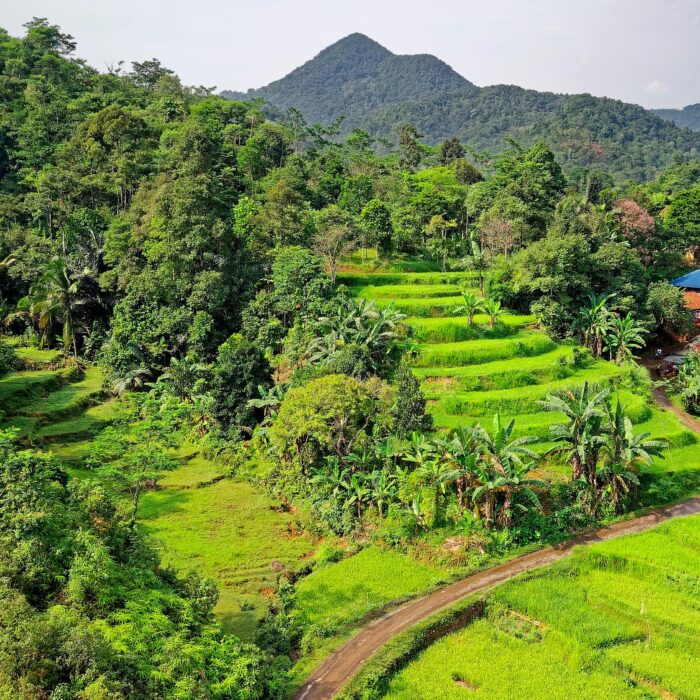Fatti rapidi sulla Guinea:
- Popolazione: Circa 14,9 milioni di persone.
- Capitale: Conakry.
- Lingua ufficiale: Francese.
- Altre lingue: Numerose lingue indigene, tra cui Susu, Maninka e Fulfulde.
- Valuta: Franco guineano (GNF).
- Governo: Repubblica presidenziale unitaria.
- Religione principale: Islam, con piccole comunità cristiane e di credenti indigeni.
- Geografia: Situata in Africa occidentale, confina a sud-ovest con la Guinea-Bissau, a nord-ovest con il Senegal, a nord-est con il Mali, a sud-est con la Costa d’Avorio e a sud con la Liberia e la Sierra Leone. La Guinea presenta un paesaggio vario che comprende zone costiere, regioni montuose e fertili pianure.
Fatto 1: è solo la Guinea, e ci sono 4 Paesi così nel mondo
LaGuinea è uno dei Paesi che condividono il proprio nome con una caratteristica geografica, in questo caso il Golfo di Guinea. Ci sono infatti alcuni Paesi che hanno “Guinea” nel loro nome, il che può creare un po’ di confusione. I quattro Paesi a cui si fa comunemente riferimento in questo contesto sono:
- Guinea (spesso indicata come Guinea Conakry, dal nome della sua capitale, Conakry).
- Guinea-Bissau, che si trova a sud della Guinea.
- Guinea Equatoriale, situata più a ovest del continente, vicino al Golfo di Guinea.
- Papua Nuova Guinea, che si trova nell’Oceano Pacifico sudoccidentale.
Tutti e quattro i Paesi hanno il nome “Guinea”, che deriva dal termine usato storicamente per indicare la regione dell’Africa occidentale. Ciascuno di questi Paesi ha culture, storie e caratteristiche geografiche distinte, ma il nome comune può talvolta generare confusione.
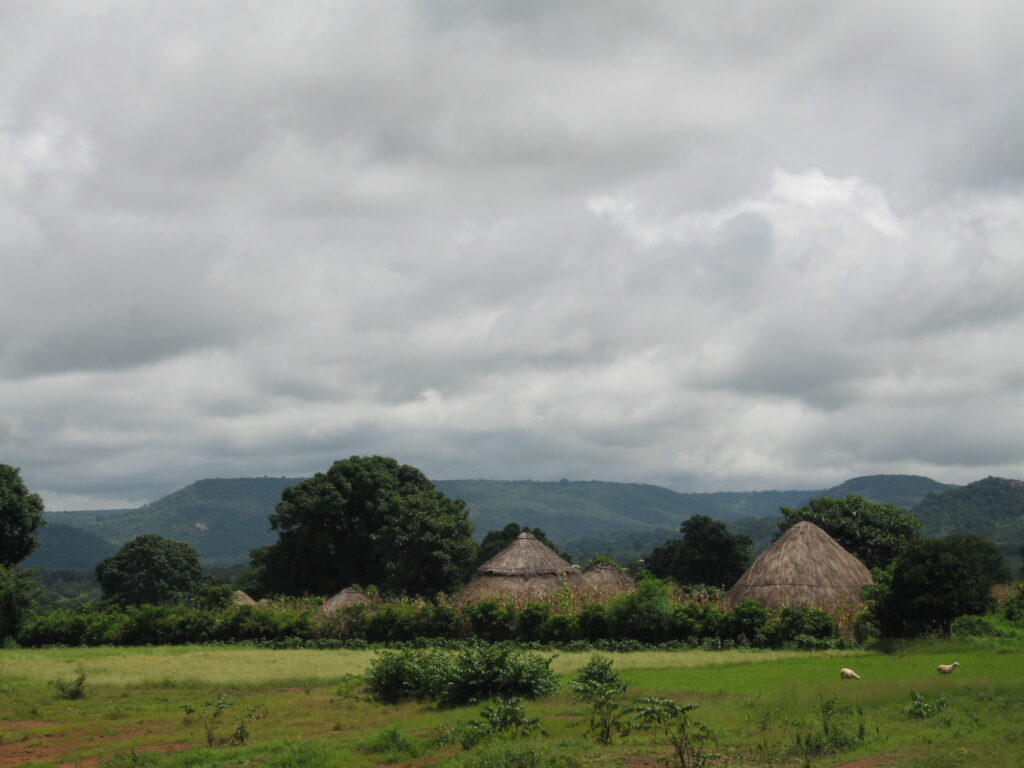
Fatto 2: la Guinea ha una scarsa qualità dell’aria
La Guinea deve affrontare sfide relative alla qualità dell’aria, principalmente a causa di fattori quali l’urbanizzazione, le attività industriali e l’uso di biomassa per cucinare e riscaldare. Nelle aree urbane, soprattutto nella capitale Conakry, l’inquinamento atmosferico è aggravato dalle emissioni dei veicoli, dalla gestione inadeguata dei rifiuti e dalle attività edilizie.
I problemi di qualità dell’aria possono avere un impatto significativo sulla salute pubblica, causando problemi respiratori e altri problemi di salute tra la popolazione. Inoltre, l’uso di carbone e legna da ardere per cucinare, comune in molte famiglie, contribuisce all’inquinamento dell’aria interna.
Fatto 3: per la prima volta in Guinea è stato registrato l’uso di utensili da parte degli scimpanzé
La Guinea è importante per lo studio del comportamento degli scimpanzé, in particolare per l’osservazione dell’uso di utensili. All’inizio degli anni 2000, alcuni ricercatori hanno documentato l’uso di utensili tra gli scimpanzé del Parco Nazionale di Loango, in Guinea. Queste osservazioni sono state fondamentali perché hanno fornito la prova dell’uso di utensili da parte degli scimpanzé in natura, un comportamento che in precedenza era stato osservato principalmente in cattività o in luoghi specifici.
I tipi di strumenti utilizzati dagli scimpanzé comprendevano bastoni per estrarre le termiti dai cumuli e pietre per aprire le noci. Questa scoperta è stata fondamentale per comprendere le capacità cognitive degli scimpanzé e il loro uso di strumenti come comportamento appreso, che è un aspetto importante della loro cultura sociale.
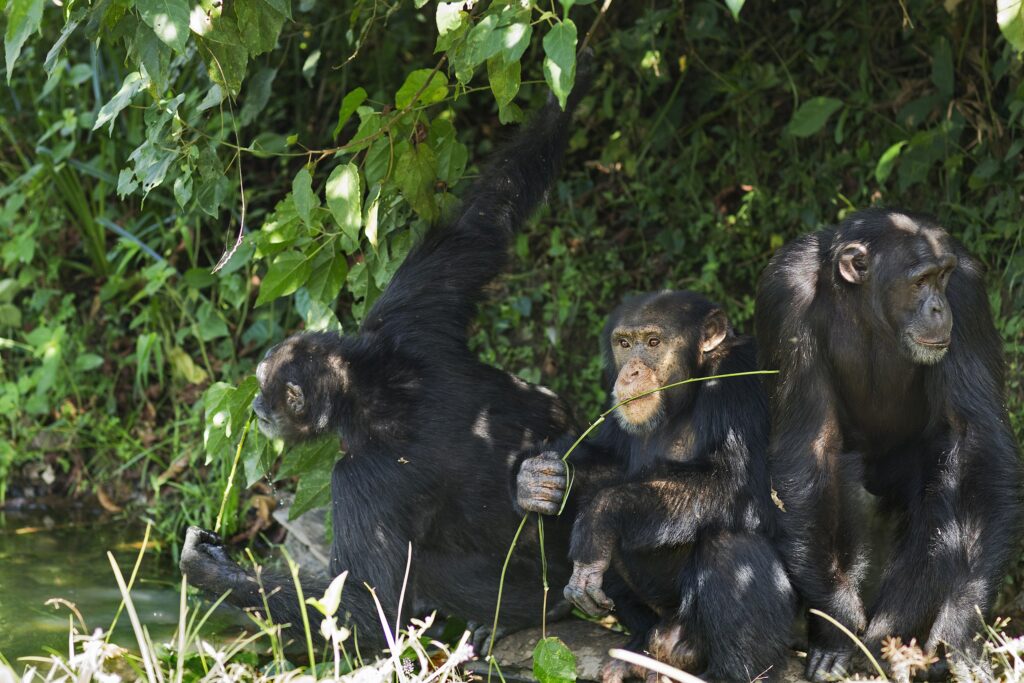
Fatto 4: La Guinea è ricca di risorse naturali
Il Paese è particolarmente noto per i suoi vasti depositi di bauxite, il minerale primario utilizzato nella produzione di alluminio. Infatti, la Guinea detiene alcune delle più grandi riserve di bauxite al mondo, che rappresentano circa il 27% della produzione globale.
Oltre alla bauxite, la Guinea possiede anche importanti riserve di altri minerali, tra cui:
- Oro: Il Paese possiede notevoli giacimenti d’oro, in particolare nelle regioni di Siguiri e Boke, che lo rendono un luogo interessante per le società minerarie.
- Diamanti: La Guinea ha una storia di estrazione di diamanti, anche se l’industria ha dovuto affrontare sfide legate all’estrazione artigianale e al contrabbando.
- Minerale di ferro: Sono state individuate importanti riserve di minerale di ferro, in particolare nella regione di Simandou, che è uno dei più grandi depositi di minerale di ferro non sfruttati al mondo.
Fatto 5: Nonostante le sue ricchezze naturali, la Guinea è uno dei Paesi più poveri del mondo
Nonostante le sue ricchezze naturali, la Guinea è considerata uno dei Paesi più poveri del mondo. Il Paese ha un basso PIL pro capite, circa 1.100 dollari, in gran parte dovuto all’instabilità politica, alla corruzione e alla scarsa governance che impediscono una gestione efficace delle risorse. I deficit infrastrutturali, gli alti tassi di disoccupazione e le sfide sociali, come l’accesso limitato all’istruzione e all’assistenza sanitaria, contribuiscono ulteriormente alla povertà diffusa.
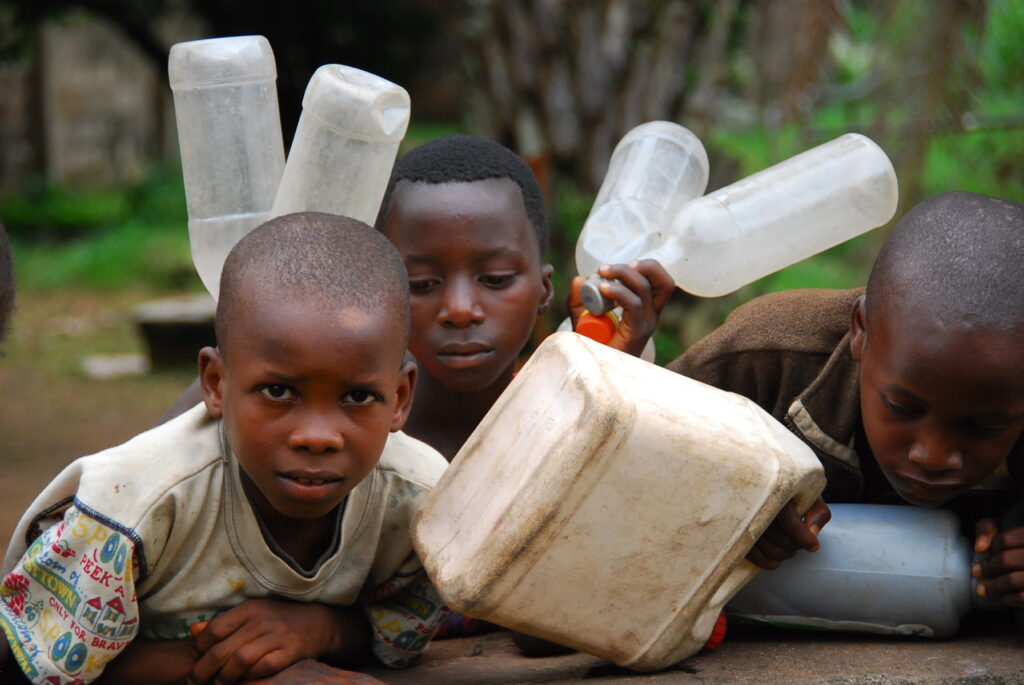
Fatto 6: il primo singolo africano super popolare è stato pubblicato da un cantante della Guinea
Il primo singolo africano super popolare è spesso attribuito a “Sukiyaki ‘ di Kyu Sakamoto, ma quando si parla di un successo africano significativo, si cita spesso la canzone ’Yé ké yé ké” di Mory Kanté, una cantante della Guinea. Pubblicata nel 1987, “Yé ké yé ké” divenne un grande successo in tutta l’Africa e ottenne un riconoscimento internazionale, facendo di Kanté uno dei primi artisti africani a raggiungere una vasta popolarità al di fuori del continente.
Fatto 7: la Guinea è la fonte di molti fiumi della regione
In totale, la Guinea ha più di 20 fiumi significativi, oltre a numerosi affluenti e corsi d’acqua minori.
I fiumi più importanti che hanno origine in Guinea sono:
- Fiume Niger: Uno dei fiumi più lunghi dell’Africa, il Niger nasce sugli altopiani della Guinea e attraversa diversi Paesi prima di sfociare nel Golfo di Guinea.
- Fiume Gambia: Anche il fiume Gambia ha la sua sorgente in Guinea e scorre attraverso le vicine Guinea-Bissau e Gambia prima di raggiungere l’Oceano Atlantico.
- Fiume Conakry: Questo fiume attraversa la capitale, Conakry, e contribuisce al sistema di drenaggio della regione.
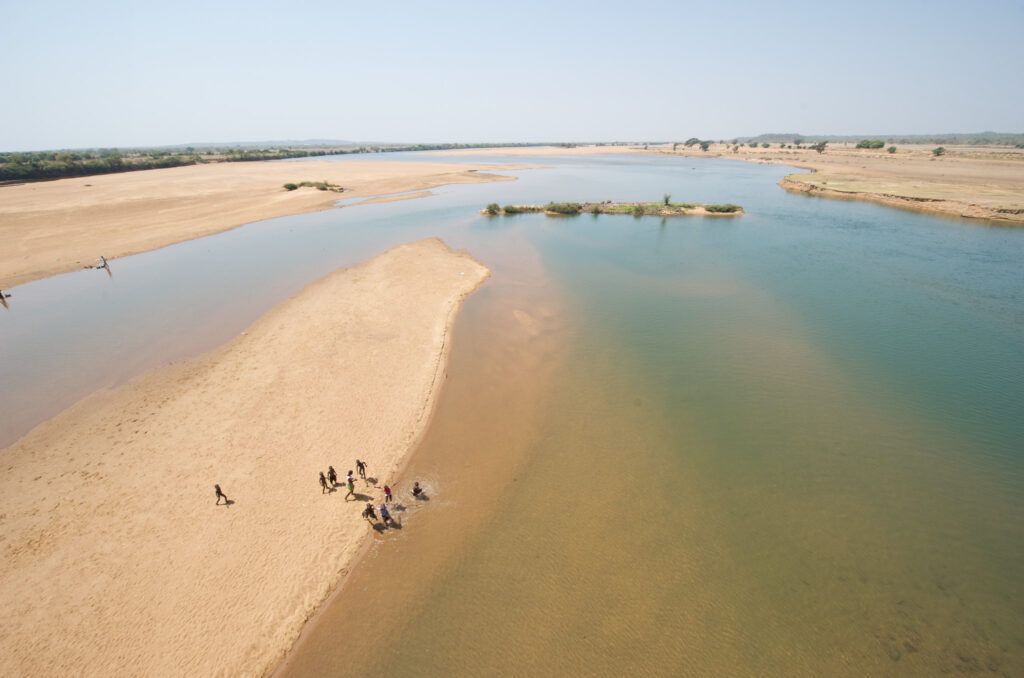
Fatto 8: Più di un terzo del territorio del Paese è costituito da aree protette
Circa il 34% del Paese è coperto da parchi nazionali, riserve naturali e altre aree protette, fondamentali per la conservazione della ricca biodiversità e di ecosistemi unici. Tra le aree protette più importanti vi sono il Parco nazionale di Lope, la Riserva naturale del Monte Nimba e il Parco nazionale dell’Alto Niger. Queste regioni ospitano diverse specie endemiche e forniscono habitat vitali per la fauna selvatica, contribuendo alla sostenibilità ambientale e alla conservazione della biodiversità in Guinea.
Fatto 9: La Guinea ha una linea costiera di oltre 300 chilometri
La costa della Guinea, che si estende per circa 320 chilometri, è caratterizzata da numerose e bellissime spiagge, molto amate sia dai locali che dai turisti. Le zone costiere vantano coste sabbiose e acque limpide, che le rendono ideali per il relax e le attività acquatiche. Le spiagge più importanti sono:
- Spiaggia di Boulbinet: Situata vicino a Conakry, è uno dei luoghi preferiti per prendere il sole e per gli incontri sociali, e offre un’atmosfera vivace con venditori di cibo locale e intrattenimento.
- Spiagge dell’isola di Kassa: Le spiagge dell’isola di Kassa sono note per la loro straordinaria bellezza naturale, con palme e acque tranquille, perfette per nuotare e fare snorkeling.
- Îles de Los Beaches: Queste isole hanno spiagge incontaminate che attraggono i visitatori in cerca di un ambiente più appartato e sereno, ideale per godersi la natura e l’ecoturismo.
Inoltre, la Guinea ospita una serie di isole, tra cui:
- Îles de Los: Un gruppo di isole situate vicino a Conakry, note per le loro belle spiagge e il loro potenziale turistico.
- Île Kassa: quest’isola è molto apprezzata dai turisti per le sue bellezze naturali e offre opportunità di ecoturismo.
Nota: se intendete visitare il Paese, verificate se è necessaria una patente di guida internazionale in Guinea per guidare un’auto.
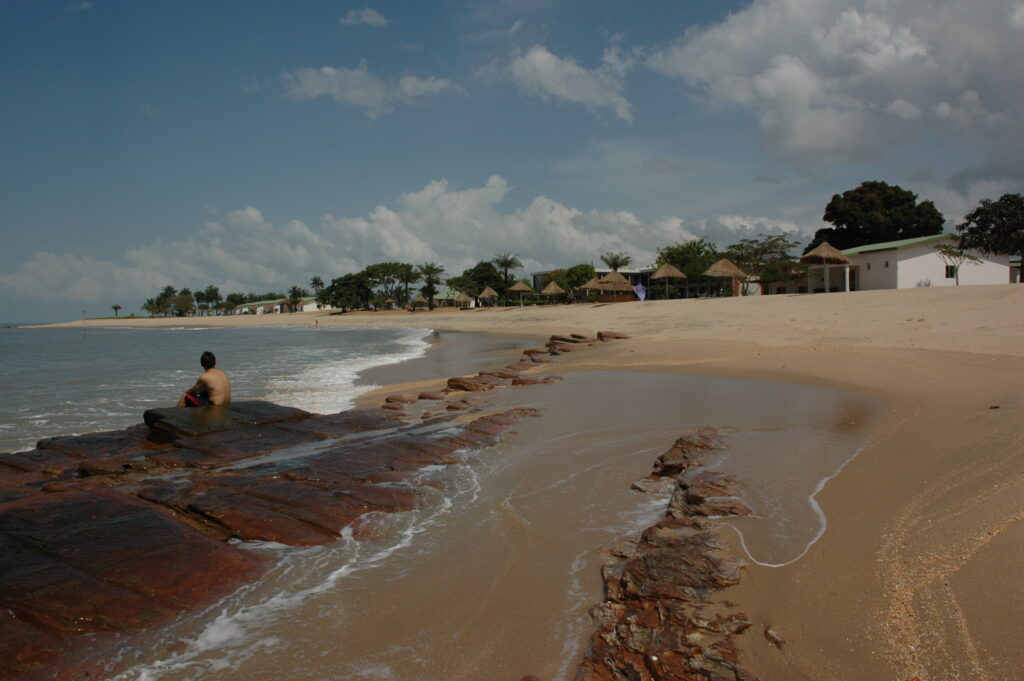
Fatto 10: La medicina tradizionale è molto popolare qui
Gran parte della popolazione si affida ai metodi di cura tradizionali, spesso basati sulle conoscenze locali e sull’uso di piante medicinali, erbe e rimedi naturali. I guaritori tradizionali, noti come “nganga ” o erboristi, sono figure rispettate nelle loro comunità, spesso consultate per un’ampia gamma di problemi di salute, da piccoli disturbi a patologie croniche.
Queste pratiche sono profondamente radicate nel patrimonio culturale della Guinea e la conoscenza delle piante medicinali viene spesso tramandata di generazione in generazione. La medicina tradizionale non si limita a curare i disturbi fisici, ma incorpora anche approcci spirituali e olistici alla salute, riflettendo le credenze e le abitudini della popolazione.

Pubblicato Novembre 03, 2024 • 7m da leggere

